अरहर या तूर फसल के 6 प्रमुख कीट पतंग और उनके प्रबंधन
Pigeon pea (Cajanus cajan L.,) is an important legume crop belonging to the Fabaceae family. In India, it is mostly cultivated during rainy (kharif) season as sole or intercrop for green vegetable and dry seed purpose. Major pigeon pea growing states of our country are Maharashtra, Uttar Pradesh, Madhya Pradesh, Karnataka, Gujarat, Andhra Pradesh, Tamil Nadu and Bihar.
Among the various constraints limiting Pigeon pea production, insect pests are the major ones. The important insect’s pests’ causes’ economic loss by attacking the crop at vegetative and reproductive stage are Pod borer, Helicoverpa armigera, Legume pod borer, Maruca testulalis, Pod fly, Melanagromyza spp, Blister beetle, Mylabris spp. Pod bug, Clavigralla spp, Plume moth, Exelastis atomosa and Blue butterflies. Details of these insect pests are as follows:
1. Pod borer, Helicoverpa armigera Hubner (Noctuidae; Lepidoptera)
It is the important insect pest of chick pea and it damage sometimes cause ≥ than 80 % of crop yield loss. Young larvae feed voraciously on the developing buds, flowers while matured larvae bore into the pods and feed the grains (Fig.1). Adult moth has a V-shaped speck on the light brownish forewings and a dark border on the hind wings. It lays the spherical yellowish eggs singly on tender part of plants. Larva is greenish with dark grey lines laterally on the body and pupates in the soil. Its life cycle completes in a period of 28- 40 days.
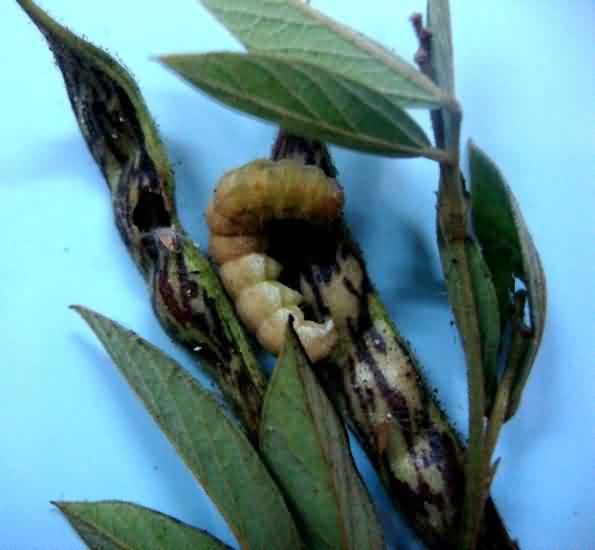
Fig 1: Helicoverpa larvae damaging arhar pod
2. Spotted pod borer or Legume pod borer, Maruca vitrata (Geyer) (Pyralidae: Lepidoptera)
Larva is whitish to pale green in colour with dark spots on the dorsal surfaces of the body (Fig.2). The young larvae usually attack buds and flowers and older ones bore into maturing pods. The flowers and pods are webbed together by frass produced by the larva. A larva may consume 4-6 flowers before larval development is completed. Seeds in the damaged pods are totally or partially eaten out by the larvae. Adult female moth lays light yellow, translucent eggs in groups on flower buds and flowers, developing pods, leaf axils, shoots etc. The adult moth has light brown forewings with white patches, and white hind wings with an irregular brown border.
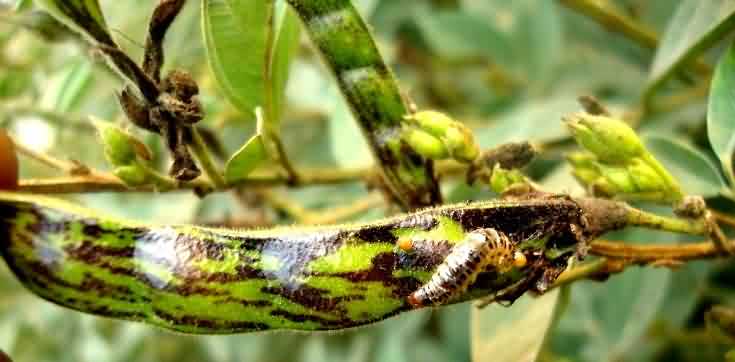
Fig 2: Legume pod borer from the damaged pod
3. Pod fly, Melanagromyza obtusa (Malloch) (Agromyzidae: Diptera)
This is another important pod borer which is common in North and Central India. Adult female fly lay eggs individually in the developing pods and white maggots bore inside the pod and feed on the developing grains. Pupation takes place within pod itself without leaving external symptom of damage. Adult fly emerged through the pod by making a pin sized hole. Thus, the concealed feeding habit causes more loss to the crop without notice to the farmers to take up timely control measures.
4. Plume moth: Exelastis atomosa (Pterophoridae: Lepidoptera)
Adult is a brown coloured moth with fringed or plume like wings. Larvae are green to yellowish brown, spindle shaped and covered with hairs (Fig.3). Eggs are small, round and laid singly on buds, flowers and pods. Larva damages the developing grains by boring into pods.
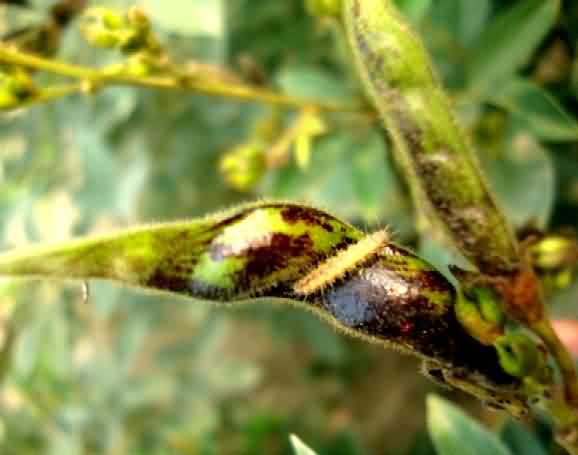
Fig 3: Plume moth seen on the Pigeon pea pod
5. Blue butterfly, Lampides boeticus (Linnaeus) (Lycaenidae: Lepidoptera)
Larva is green colored, slug – like and oval shaped, feeds on the tender leaves, floral buds, flowers and pods (Fig.4). Adults are a bluish grey coloured butterfly which lays blue colour eggs singly on the buds.
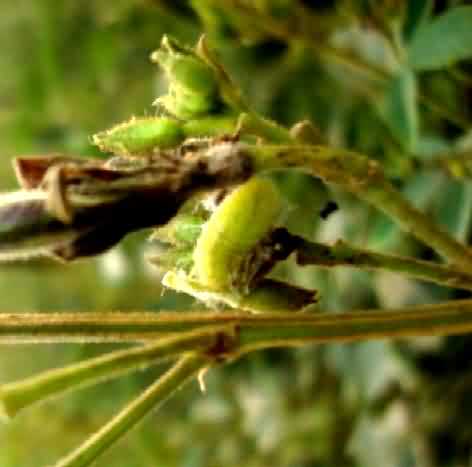
Fig.4: Slug – like larva damaging the floral bud
6. Pod bug, Clavigralla spp.(Coreidae: Hemiptera)
Both adults and nymphs suck the plant sap from the flower buds and developing seeds by piercing through the pod wall (Fig.5). The attacked pods show dark patches outside and grains inside become shriveled and small in size resulting in considerable yield losses. The affected grains are often, do not germinate and unfit for human consumption. Adult is a brown coloured hemipteran bug, lays eggs in clusters of 2-60, mainly on pods and leaves. It has five nymphal instars and the whole life cycle completes in an average of 60-70 days.
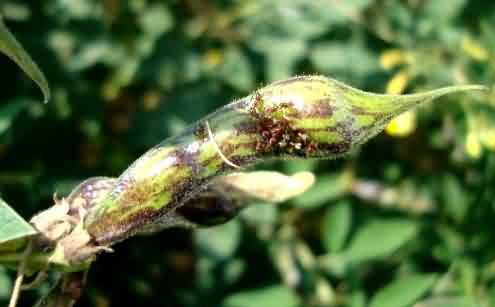
Fig 5: Nymph in groups sucking the developing pod
7. Blister beetles, Mylabris spp. (Meloidae: Coleoptera)
They are also known as flower feeders as they feed the flowers and reduce the number of pod setting thereby affecting thecrop yield. Adults are black beetles with bright red colouration on the forewings (Fig.6), are commonly seen individually or in groups at the terminal portion of the plant during crop flowering stage.
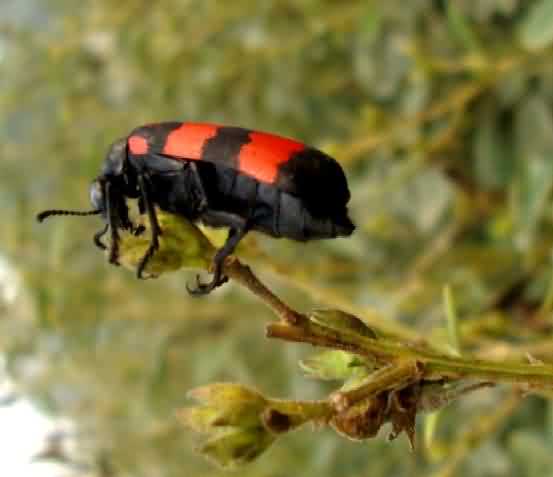
Fig 6: Blister beetle damaging the floral buds
Integrated Pest Management Practices in Pigeon Pea:
- Deep ploughing during summer to expose the hibernating pupae to adverse weather conditions and natural enemies.
- Mixing of sorghum/maize seeds (250 g/ha) to function as live bird perches. These plants also help in conserving natural enemies.
- Installation of pheromone traps @ 5/ha.
- Application of HaNPV @ 250 LE/ha.
- Spraying of botanical insecticide - Neem 1500 ppm @ 2000 ml/ha.
- Manual picking/ collection of blister beetles using insect nets and destroys them.
- Spraying of synthetic pyethroids, Cypermethrin @ 1ml/litre protects the crop from Beetle damage.
- Application of Spinosad or imidacloprid gives control upon pod bug damage.
- Spraying of quinalphos 25% EC @ is effective against pod fly and pod borer.
- Spraying of ovicide - Profenophos 50 EC @ 2000 ml/ ha.
- Spraying of effective molecule like Indoxacarb 14.5 SC % @ 300 ml/ha or Emamectin benzoate 5% SG @ 11 a.i gm/ha or Spinosad 45 SC @ 56-73 a.i gm/ha is effective against Pod borer complex.
Authors:
M. Sujithra
Scientist, Division of Entomology
IARI, New Delhi-110012
Email:
